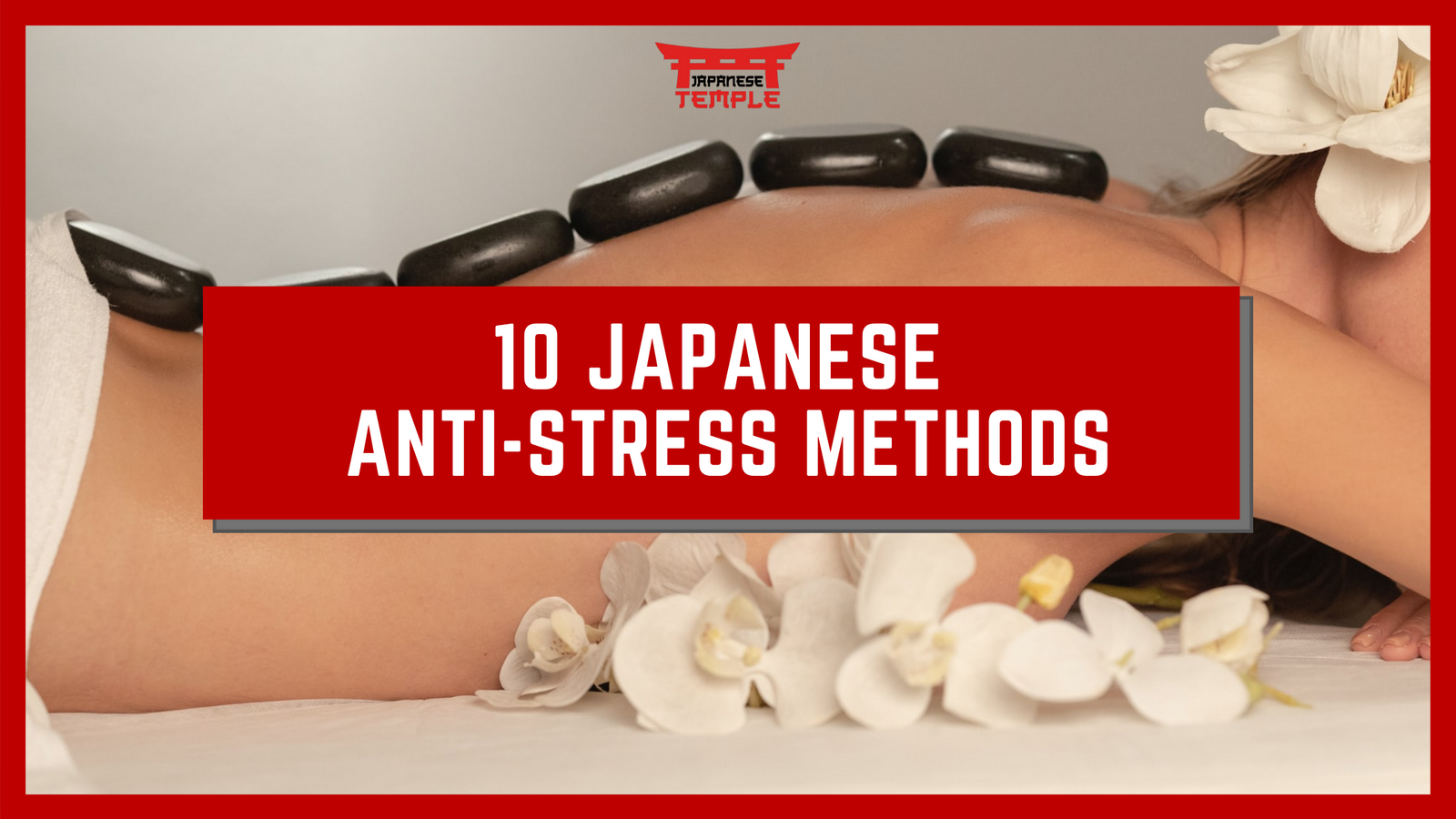Your Cart is Empty
⌛ TODAY FREE WORLDWIDE SHIPPING

The person receiving the treatment lies on his or her back and the therapist moves around him or her in a very codified way. The therapist uses very light shaking movements that "vibrate" the whole body, going from the feet to the top of the skull.
The vibrations alternate with rotations and soft stretching. Like the tea ceremony, where very slow gestures are used as a support for meditation, Japanese vibrations follow a specific ritual and rhythm designed to provide intense relaxation.

Reiki means "energy of the spirit" in Japanese. It is a technique developed in the 1920s by the meditation master Mikao Usui. He had the idea of combining meditation with the relaxing touch of certain points of the body, to promote the recirculation of the self-healing potential of the person.
In practice. A session lasts about an hour. The person lies on a massage table and remains clothed. The Reiki master places his hands on the head, the torso and the back to capture the energies and make them circulate harmoniously. The patient generally reaches a state of great relaxation. It is also possible to learn the technique to do self-treatments. No training or association is officially recognized, so it is best to rely on word of mouth to find a therapist.

To relax after a stressful day, Japanese people do not only have a good hot bath. They also opt for the forest bath, a practice called shinrin-yoku. This fashion encouraged by the Japanese Forestry Agency was born in the 1980s. The idea was to encourage Japanese people to come and walk in the forest in Japanese hoodies like in the streets of Harajuku and to awaken their senses to the multiple perceptions that the forest environment offers. In the forest you can also have a look on your jewelry such as a fidget bracelet, or an anti stress ring to keep your calm.

This practice has become a real institution since scientific studies have proven its benefits. In 1995, Miyazaki and Motohashi observed that spending 40 minutes under the trees was enough to reduce scores of tension, depression, anxiety, fatigue and confusion. Salivary cortisol levels are lowered, proving the de-stressing effect of shinrin-yoku. In 2010, Li continues these studies and demonstrates the immune benefits of this practice which boosts the activity of NK lymphocytes.
Its name literally means adult swaddling (maki) (otona). It surfaced in 2015 in Japan, invented by a midwife.
Swaddling candidates go to specialized centers to be wrapped from head to toe in the fetal position in a large, air-permeable elastic sheet. They are then rocked back and forth like babies. The session lasts about twenty minutes during which the person is supposed to find the well-being and security felt in the maternal womb. Claustrophobic people should refrain!

This is an ideal sport to fight stress. And you don't have to be built like a brick shithouse to do it. The principle of this martial art, which calls upon the practitioner's self-control, is to neutralize his opponent by turning his strength and energy against him. An aikido session always begins with a respectful greeting to all participants. One learns to keep one's cool in all circumstances, and one gains self-confidence. With Akido you get to wear customized Getas and Kimonos.

Feeling sluggish after a meal? You should know that large Japanese companies have rest rooms for their employees. Taking a power nap is considered a way of life because it allows you to recharge your batteries and increase your productivity symbol of Toyota Production System. A 15-minute nap would already have beneficial effects on the body.

Like its Chinese counterpart, its goal is to modify the functioning of the body by pricking fine needles in coded places, along the meridians where vital energy circulates. These needles act on the whole body through neurological, vascular, endocrine and tissue pathways. They are always sterile and single-use.

Much finer than Chinese needles, Japanese needles of Japanese Folklore are also better polished, softer and sharper. They are applied with a small instrument (guide tube) in a very precise and almost painless way. They can be associated with the use of heat (moxibustion). In this case, a stick of mugwort, also called moxa, is placed on the needle in a small "basket" and burned throughout the acupuncture session.
In Japan, this traditional art based on flower arrangement is practiced by millions of people, and is even taught in schools. Like most floral Yukatas, the Japanese spirit is based on relaxation through the beautiful creation of nature

It is not enough to make simple floral arrangements. Here, we use nature to express our own sensitivity and emotions. This search for the perfect harmony of forms, materials and colors is an excellent way to find inner balance.
A temporary stress spike? A simple gesture can help you. At the crossroads of acupuncture, reflexology and acupressure, jin shin jyutsu is an ancestral technique of harmonizing vital energy through touch that can be of great help to relieve anxiety and temporary depression. The principle: each finger corresponds to an emotional state, it is enough to stimulate the good one to relieve oneself.

Take your index and middle fingers in the opposite hand, and press them lightly for a few minutes while breathing calmly. As you do so, you should focus on the energy flowing through them.
In the Chinese and Japanese traditions, calligraphy is considered a martial art. This discipline, both mental and physical, requires concentration and absolute mastery of the gesture to channel one's vital energy.

The goal: to merge with the brush to lay down characters in black ink (which symbolizes the fullness) on white paper (the emptiness) to aim at the perfect balance of body and mind. An almost contemplative activity that guarantees a real moment of relaxation.